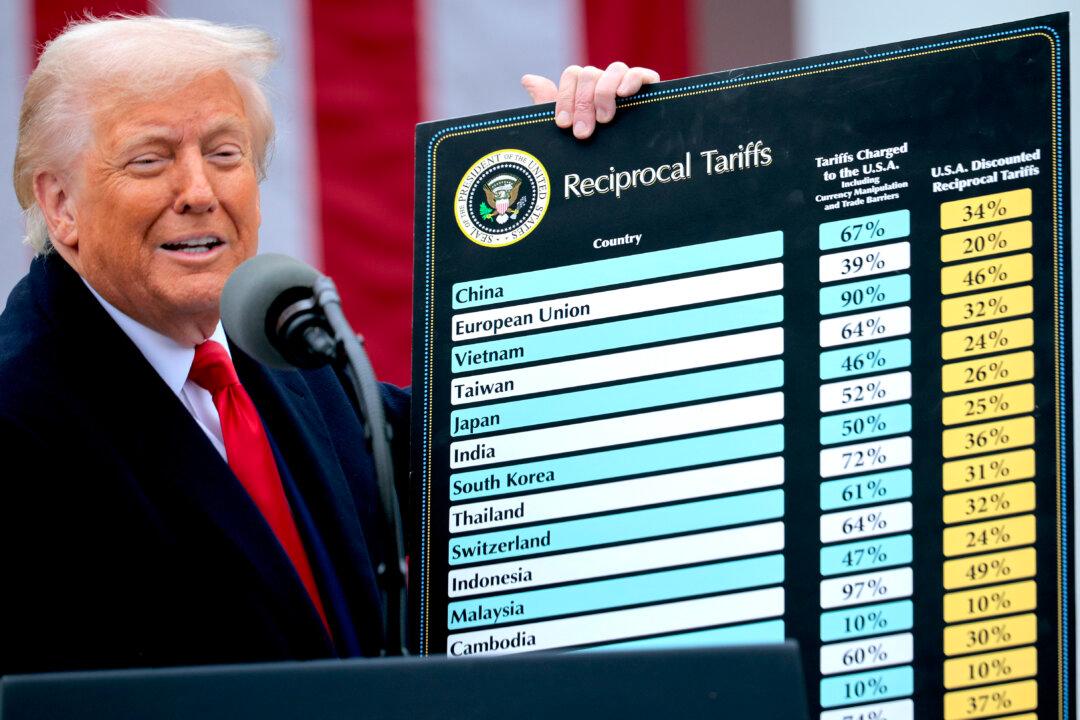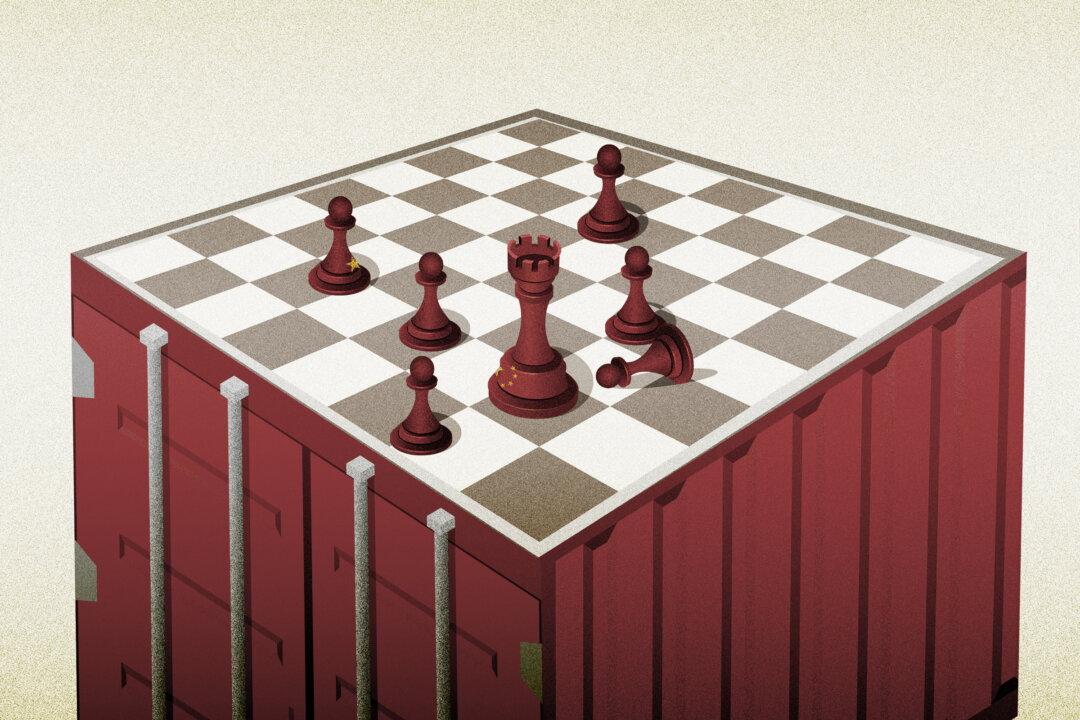WASHINGTON—The prospects for another large COVID-19 stimulus package have reignited fears about inflation, causing a deep division among economists. While some forecasters believe that the stimulus plan pushed by Democrats threatens future inflation, others shrug off the concerns, saying inflation worries are overstated.
Summers, who served as treasury secretary under President Bill Clinton and as a top economic adviser to President Barack Obama, said that the ambitious plan would bring “some big risks.”
“The Biden plan is a vital step forward, but we must make sure that it is enacted in a way that neither threatens future inflation and financial stability nor our ability to build back better through public investment,” he wrote.
Biden introduced a $1.9 trillion rescue plan to combat the economic downturn caused by the pandemic and the lockdown measures. He and his economic team have argued that more spending early on would reduce the long-term economic damage caused by the health crisis. Democrats propose $1,400 direct payments to individuals as part of the “American Rescue Plan.”
Speaking to the Economic Club of New York on Feb. 10, Federal Reserve Chair Jerome Powell said there could be a temporary burst of spending when the economy reopens. He, however, downplayed inflation fears, saying that the central bank closely monitors “a very broad range of inflation indicators.”
“There could be some upward pressure on prices,” he said, although he predicted that the inflationary pressure “will be neither large nor sustained.”
“If inflation were to be at troubling levels and that were to be sustained, then we have the tools to address that. And we will, of course, use them,” he said.
Powell’s remarks echoed the confidence expressed by Treasury Secretary Janet Yellen over the weekend.
“I’ve spent many years studying inflation and worrying about inflation, and I can tell you, we have the tools to deal with that risk if it materializes,” Yellen told CNN on Feb. 7.
“But we face a huge economic challenge here and tremendous suffering in the country. We’ve got to address that. That’s the biggest risk,” she said.
Economists recognize that there’s a pent-up demand for activities that slowed during the pandemic, such as traveling and dining. And they’re expecting a significant surge in demand when the economy reopens, which could likely inflate prices for a period.
“But the supply response would also be strong,” Carl Tannenbaum, chief economist of Northern Trust, said in a research note.
“An estimated 16,000 commercial aircraft have been grounded by carriers around the world, waiting to be called back into service. Servers and chefs laid off by restaurants will be called back to work as they reopen. While there may be some temporary bottlenecks in some areas, any burst in inflation is likely to be temporary,” he said.
He also noted that the pandemic has created disinflationary pressure as rental rates collapsed and telemedicine visits have significantly gone up, reducing the cost of health care. And both of them have high weights in consumer price indices.
The Labor Department reported on Feb. 10 that U.S. consumer prices increased 0.3 percent in January, in line with expectations. The main driver for the change was a 3.5 percent increase in energy prices with gasoline prices spiking 7.4 percent, following a 5.2 percent jump in December. The overall pace of inflation remains low at 1.4 percent from a year ago in January, unchanged from December.
There’s rising concern over Biden’s policy toward the Dakota Access Pipeline, which is one of the factors that boost the prices as producers in North Dakota’s Bakken shale region rein in output, Flynn wrote in a blog. Crude prices in the region have surged to record levels in about six months due to uncertainty around the fate of the pipeline.





